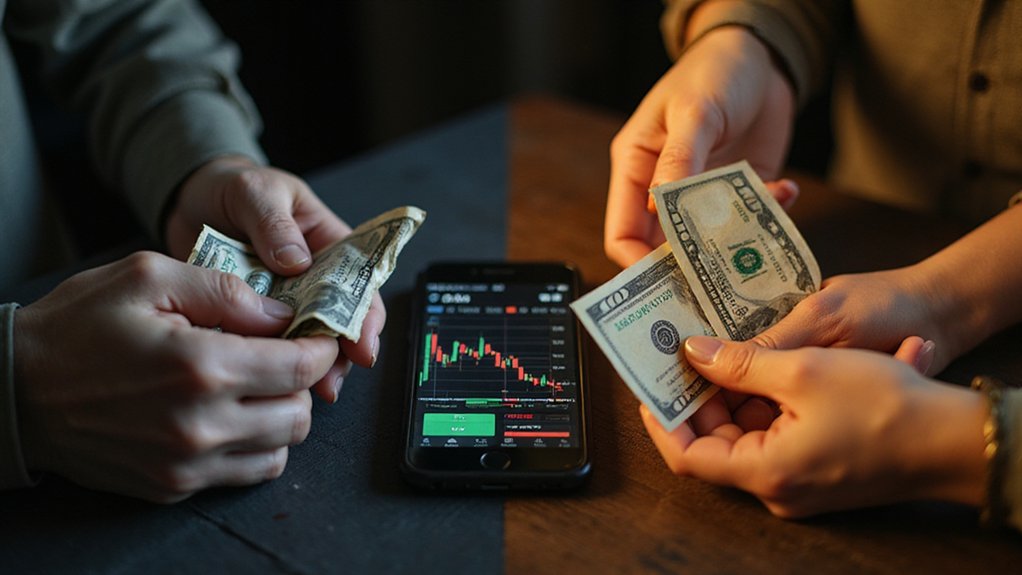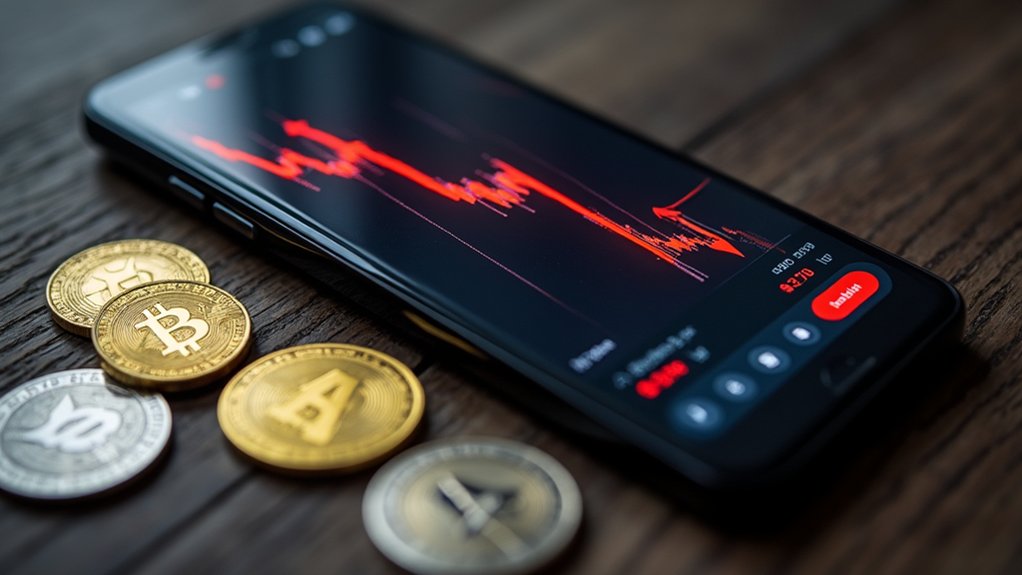While novice investors often gravitate toward the perceived safety of blue-chip dividends and government bonds, a determined subset of market participants deliberately courts volatility in pursuit of outsized returns—a practice known as high-risk trading that transforms the conventional wisdom of “slow and steady wins the race” into something more akin to “fortune favors the bold, assuming they survive the inevitable drawdowns.”
This approach embraces assets characterized by dramatic price swings, whether penny stocks trading at fractions of a dollar, freshly minted IPOs lacking any meaningful price discovery, or commodity-linked securities that gyrate with the whims of weather patterns and geopolitical tensions.
The journey from $6,800 to $1.5 million represents precisely the sort of statistical outlier that simultaneously validates and undermines high-risk trading strategies. Such spectacular returns inevitably emerge from deploying the core principle of “high-risk, high-return,” though for every celebrated success story, countless others vanish into the statistical graveyard of blown-up accounts—a inconvenient truth that promotional materials rarely emphasize with equal enthusiasm.
For every million-dollar success story celebrated in trading forums, thousands of demolished accounts quietly disappear into statistical obscurity.
Professional risk management demands more than wishful thinking and beginner’s luck. Successful practitioners obsess over risk-to-reward ratios, typically targeting configurations where potential gains meaningfully exceed potential losses (ideally achieving ratios below 1.0, where expected profits outweigh risks).
They employ stop-loss orders as automatic circuit breakers, implement position sizing to prevent any single trade from devastating their portfolio, and pursue diversification strategies that extend beyond merely owning “different stocks” to encompass correlation analysis and volatility targeting. Smart traders often adopt the 1% rule, which limits risk to no more than 1% of total capital per trade, ensuring that sufficient capital remains available even after experiencing consecutive losses. Advanced diversification strategies may incorporate alternative investments such as hedge funds and cryptocurrencies, which typically exhibit low correlation with traditional securities and can provide additional risk mitigation during periods of market stress. Cryptocurrency traders should begin with established coins like Bitcoin and Ethereum before venturing into more speculative altcoins, as these provide greater stability within the inherently volatile digital asset ecosystem.
The psychological demands prove equally formidable. High-risk trading requires traders to maintain discipline when positions move violently against them, resist the temptation to abandon predetermined risk parameters during winning streaks, and accept that even meticulously planned strategies will generate losing trades.
Derivatives, leveraged ETFs, and emerging market securities amplify both opportunity and peril through mathematical leverage that can transform modest market movements into portfolio-altering events.
The controversial nature of such approaches stems from their fundamental contradiction: while diversification and hedging techniques can mitigate some risks, the pursuit of extraordinary returns necessarily involves accepting extraordinary risks—a mathematical reality that remains unchanged regardless of how sophisticated one’s risk management framework becomes.







